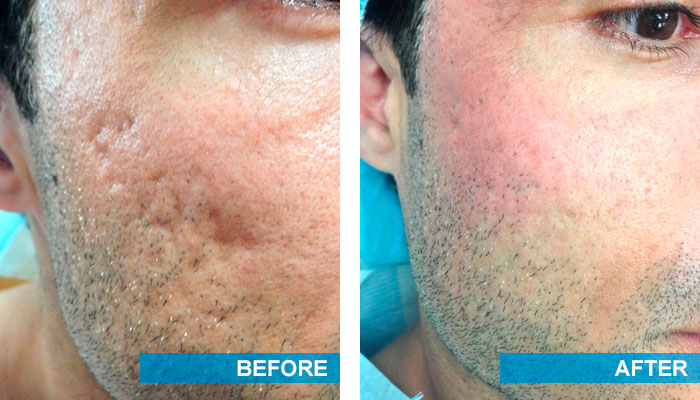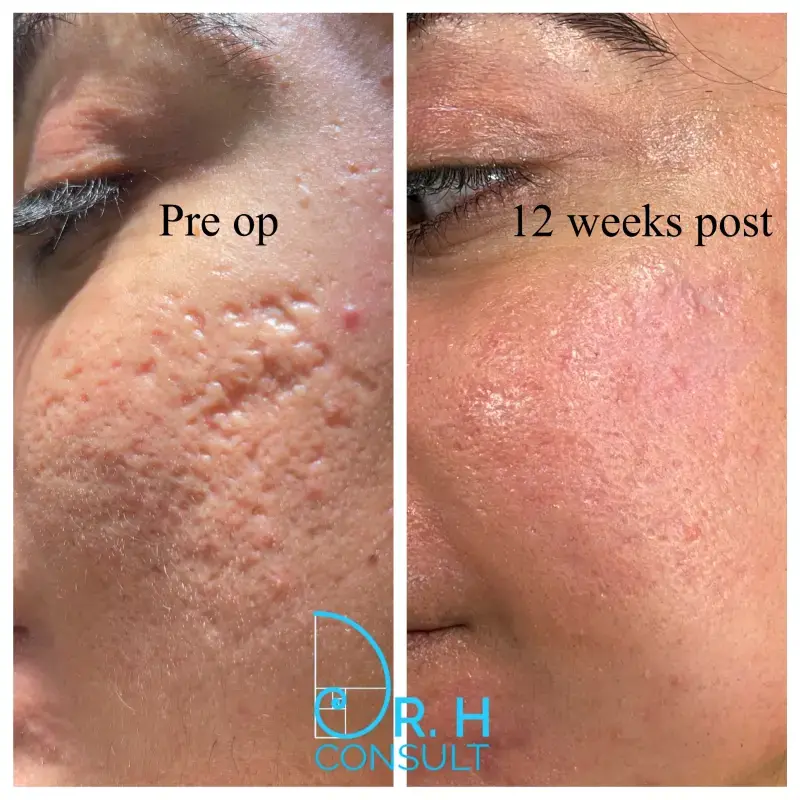Comprehensive Acne and Acne Scars Treatment: Attain a Flawless Complexion
Comprehensive Acne and Acne Scars Treatment: Attain a Flawless Complexion
Blog Article
Recognizing the Different Skin Problem and Efficient Treatment Options for Acne Scars
Acne scars stand for an intricate interaction of skin disease that substantially effect individuals' self-confidence and overall skin health. Comprehending the unique kinds of acne marks-- hypertrophic and atrophic-- along with their underlying reasons, is crucial for figuring out reliable therapy methods. Different therapeutic options exist, ranging from advanced skin-related procedures to natural solutions. The effectiveness of these treatments usually hinges on individualized assessments by certified experts. As we discover the landscape of acne mark management, it ends up being noticeable that the trip toward more clear skin may involve even more than just topical options.
Kinds of Acne Marks
Acne scars can materialize in different kinds, each needing certain treatment strategies. Both key classifications of acne marks are hypertrophic and atrophic marks. Atrophic scars are characterized by a loss of tissue, resulting in depressed areas on the skin. These marks are more categorized into three subtypes: ice pick marks, which are narrow and deep; boxcar marks, which are bigger and have distinct sides; and rolling scars, which develop a wave-like look due to unequal skin structure.
On the other hand, hypertrophic marks arise from an overproduction of collagen during the healing procedure, bring about increased locations on the skin. These scars are commonly strong and can vary in color, in some cases showing up red or darker than the bordering skin.

Root Causes Of Acne Scarring
Scarring happens as an outcome of the body's natural recovery action to swelling and injury triggered by acne sores. When acne forms, it sets off an inflammatory action, leading to the release of different cytokines and development aspects that advertise healing. This procedure can sometimes lead to extreme cells formation or insufficient fixing, resulting in scars.
The main root causes of acne scarring consist of the extent of the acne itself, duration of the sores, and individual skin types. Extreme inflammatory acne, such as blemishes and cysts, is a lot more most likely to cause scarring due to deeper tissue damages. Additionally, incorrect handling of acne sores, such as selecting or squeezing, can aggravate tissue injury and swelling, enhancing the chance of scarring.
Genetic proneness also plays a substantial duty; people with a household background of scarring are at a greater threat. In addition, skin type and shade can influence scar development, as darker skin tones may experience post-inflammatory hyperpigmentation, while lighter skin may create atrophic marks.

Therapy Alternatives for Scarring
Reliable therapy alternatives for acne scarring differ relying on the kind and intensity of the scars. Generally categorized right into atrophic, hypertrophic, and keloid marks, these problems call for customized techniques for ideal results.
For atrophic scars, which are characterized by a loss of tissue, therapies such as chemical peels, microdermabrasion, and laser therapy are generally used. These approaches advertise skin renewal and stimulate collagen production, thereby boosting skin appearance. Subcision, a minimally intrusive procedure, can also be effective by separating coarse bands underneath the skin.
Keloid and hypertrophic scars can be more testing to deal with. Choices include corticosteroid shots to minimize inflammation and squash the marks. acne scars treatment. Sometimes, cryotherapy or laser treatment might be suggested to reduce their look
Surgical alternatives are offered for severe scarring, where excision or skin grafting might be required. It's essential for people to speak with a skin doctor to analyze their certain scar kind and discuss one of the most suitable therapy plan. Incorporating several treatments commonly yields the most effective results, ensuring that each individual's distinct skin problem is dealt with effectively.
Home Treatments and All-natural Solutions
Natural remedies and natural home remedy can give an available strategy for individuals looking for to improve the look of acne marks. Various components located in the home kitchen area have you can try these out actually shown potential advantages in boosting skin texture and promoting recovery.
One popular remedy is aloe vera, understood for its relaxing and anti-inflammatory homes. Applying fresh aloe vera gel straight onto the marks can help improve skin hydration and reduce redness. Likewise, honey possesses natural anti-bacterial and moisturizing top qualities that can assist in scar healing. It can be utilized as a mask, left on for half an hour before continue reading this washing off.
Another efficient choice is lemon juice, which functions as an all-natural exfoliant and can lighten hyperpigmentation. Nevertheless, it must be made use of meticulously, as it might create photosensitivity. Oat meal masks are likewise helpful; their mild peeling can assist remove dead skin cells while relaxing irritation.
Important oils, such as tea tree oil and lavender oil, can even more support scar recovery as a result of their antimicrobial properties. It is crucial to execute a spot test before using any kind of treatment to guarantee there are no unfavorable responses. These all-natural options can be a corresponding method in the journey to lessen acne scars.
Avoiding Future Scarring
Taking on a proactive technique to skincare can substantially reduce the danger of creating future acne marks. Normal cleansing, peeling, and hydration can help preserve skin wellness and prevent stopped up pores.
In addition, avoiding the lure to squeeze or select acne lesions is vital, as this can cause inflammation and subsequent scarring. Instead, people should concentrate on using topical therapies that advertise healing and decrease swelling. Ingredients such as salicylic acid, benzoyl peroxide, and retinoids are recognized for their effectiveness in handling acne and decreasing marks.

Finally, keeping a healthy diet plan abundant in anti-oxidants and remaining hydrated supports skin regeneration. By carrying out these safety nets, individuals can significantly reduce their danger of future scarring and promote general skin health.
Conclusion
In verdict, a thorough understanding of acne wikipedia reference marks, incorporating both atrophic and hypertrophic kinds, is necessary for reliable treatment techniques. Examination with a skin specialist continues to be necessary to develop personalized techniques that consider private skin kinds and scar seriousness, eventually boosting the efficiency of scar monitoring methods.
Acne scars represent a complicated interaction of skin conditions that dramatically impact people' self-esteem and total skin health and wellness. The 2 primary groups of acne scars are hypertrophic and atrophic scars. These marks are further identified into 3 subtypes: ice choice marks, which are deep and narrow; boxcar marks, which are larger and have distinct edges; and rolling marks, which develop a wave-like appearance due to irregular skin texture.
A detailed assessment with a skin doctor can assist establish the most suitable treatment, taking into account the individual's skin kind, mark seriousness, and total skin health.
Examination with a skin doctor remains critical to develop individualized strategies that consider private skin kinds and mark severity, eventually boosting the efficacy of scar management methods.
Report this page